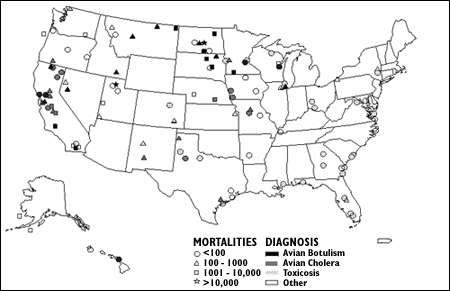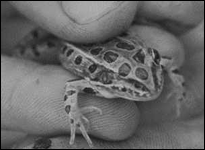
|
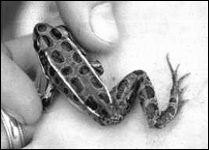
|
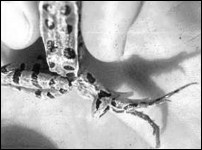
|
Avian Botulism in Wetland EcosystemsAvian botulism, caused by a highly potent toxin produced by bacteria commonly found in wetland soils, kills large numbers of birds annually throughout North America and the world. Tens of thousands of birds can die in a single outbreak, and annual losses in the hundreds of thousands are common. USGS scientists have developed models for the occurrence of this disease based on specific environmental conditions in wetland ecosystems that cause the bacteria that produce the toxin. These models will allow wildlife managers to predict outbreaks and develop wetland management techniques to reduce the risk of avian botulism. |
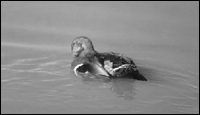
|
